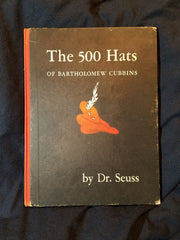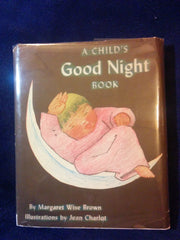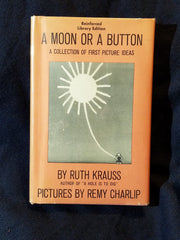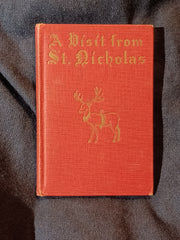Story Of Opal The Journey Of An Understanding Heart by Opal Whiteley. #650/ 650 copies.
The Story Of Opal The Journey Of An Understanding Heart by Opal Whiteley. #650 of in a limited edition of 650 copies. Atlantic Monthly Press. 1920. 6 1/2" x 9 3/8" xxviii, 283 pages Hardcover with no dust jacket. Wear is a bit heavy on cover tips and spine edges. Top edge of the page block is gilt. Previous owner book plate inside the front cover. A very old English currency price in black pen inside the front cover. A very light pencil notation on the first blank page. Some discoloration inside the front and back covers. No other previous owner markings. No tears, folds or creases to pages. Binding is tight with no looseness to pages. Not ex-library, not remaindered and not a facsimile reprint. For sale by Jon Wobber, bookseller since 1978. JC15a
"In 1920, Oregon's Opal Whiteley was the center of international controversy. Her childhood diary was called a work of genius, until readers discovered hidden clues to a mystery that has not been solved to this day.
Was Oregon the home of a kidnapped French Princess?
Who was Opal Whiteley? To this day there is no clear answer. Her life and her writing remains a mystery.
At the turn of the century, Opal grew up literally barefoot and dirt poor in Oregon’s logging camps. From an early age she stood out. She seemed to be a child prodigy with an encyclopedic knowledge of nature. She collected and labeled thousands of specimens of plants and insects, and as a young teenager gave lectures to her classmates and the community. By the time she was seventeen years old, she had gained national attention and she was touring the state as a religious leader.
But it was a childhood diary that gained her international fame. As a young woman she published a diary she said she had written when she was about 6-years old. In it, she described the lumber camps as a child’s fairyland. The diary quickly became a best seller and some called it a work of genius. Others called it a fraud.
The diary held clues that Opal had been kidnapped as a child and was really the daughter of a French prince. Within a year the diary was out of print. Opal never returned to Oregon and seemed to disappear.
Today the diary has been rediscovered and is in print all over the world. But the mystery of Opal remains unsolved." - obp.org
"At the encouragement of friends, Whiteley traveled to the East Coast in July 1919, hoping to find a publisher there to publish her work (The Fairyland Around Us).[28] In September 1919, she visited the offices of Ellery Sedgwick, publisher of the Atlantic Monthly.[29] By some accounts, Sedgwick initially declined to publish the book, but, after interviewing Whiteley and finding her recounting of her life story intriguing, inquired if she had documented it in a diary.[29] Whiteley indicated that she had, but that the diary was largely tattered (which she attributed to her sisters' destruction of it throughout her childhood)[30] and had been kept in storage in Los Angeles.
Sedgwick requested that Whiteley have the papers sent to Boston.[29] The fragmented papers soon arrived, "crammed in a hatbox."[29] Sedgwick, who felt the diary would prove a viable literary work, arranged for Whiteley to reside in his mother-in-law's Brookline home, where she spent the following nine months methodically reassembling the work.[31] The diary was apparently block-printed in crayon and phonetically spelled on various types of paper. According to Sedgwick's account of the reconstruction, it was a laborious undertaking, as many of the torn pieces were only large enough to contain a single letter and the pieces had been stored in Whiteley's hat box for years.[32]
Shortly after the publication of Whiteley's diary, speculation grew among the public regarding its authenticity, with many believing the work had been written by Whiteley as an adult.[35] The diary also resulted in strife between Whiteley and her family due to its unflattering depiction of them, suggesting they were abusive to her, as well as for Whiteley's claims that they were not her biological relatives.[36] Her siblings, frequently harassed by journalists, relocated and changed their names to avoid public scrutiny." - wikipedia












